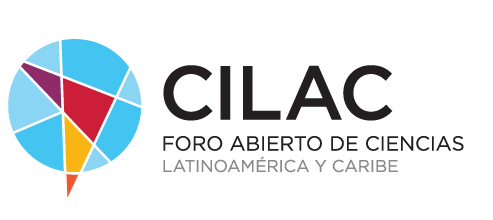
Researchers at the Del Monte Institute for Neuroscience at the University of Rochester Medical Center (URMC) suggest that caffeine consumption during gestation can change important brain pathways of the fetus that could lead to future behavior problems.
To reach this conclusion, analyzed more than 9,000 brain scans of nine and ten year old children.
Small but relevant changes
Previous studies have found that caffeine can have a negative effect on pregnancy and neurodevelopment. It is also known that a fetus does not have the enzyme needed to break down caffeine when it crosses the placenta. This new study reveals that caffeine could also leave a lasting impact on neurodevelopment.
The changes are not drastic nor are the behavioral problems severe, but they are relevant, as explained John Foxe, lead author of the study. Basically, attention and hyperactivity difficulties were detected.
The researchers point out that they are also not clear if the impact of caffeine on the fetal brain varies from one trimester to the next, or when these structural changes occur during gestation. Furthermore, as they warn:
It is important to note that this is a retrospective study. We rely on mothers to remember how much caffeine they consumed during pregnancy.
–
The news
Consuming caffeine during pregnancy could trigger behavioral problems in the future baby
was originally published in
Xataka Science
by
Sergio Parra
.




